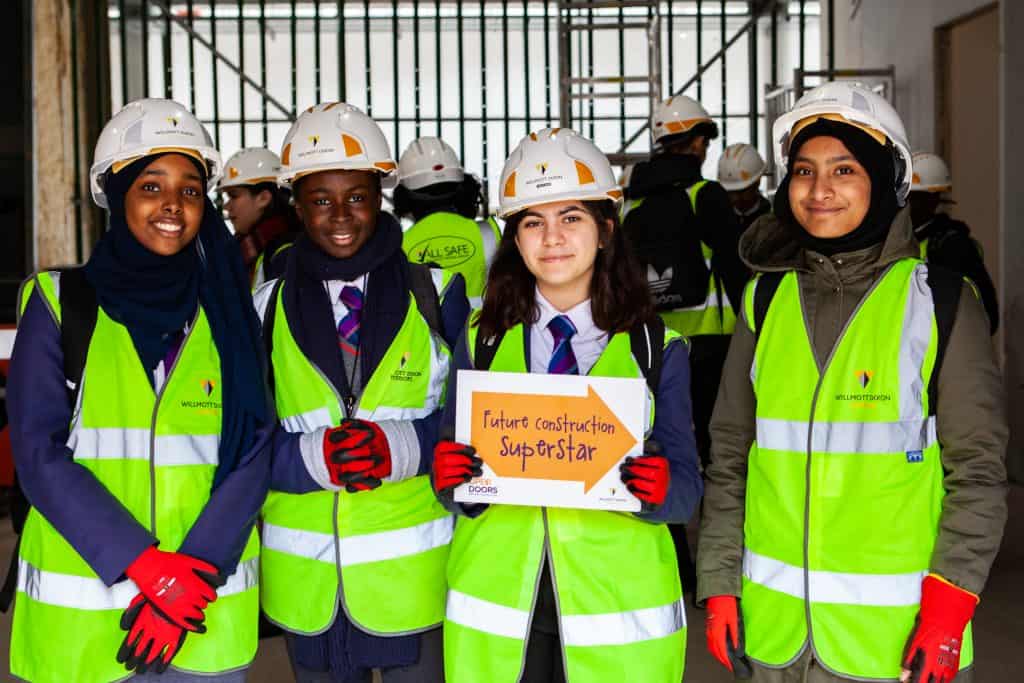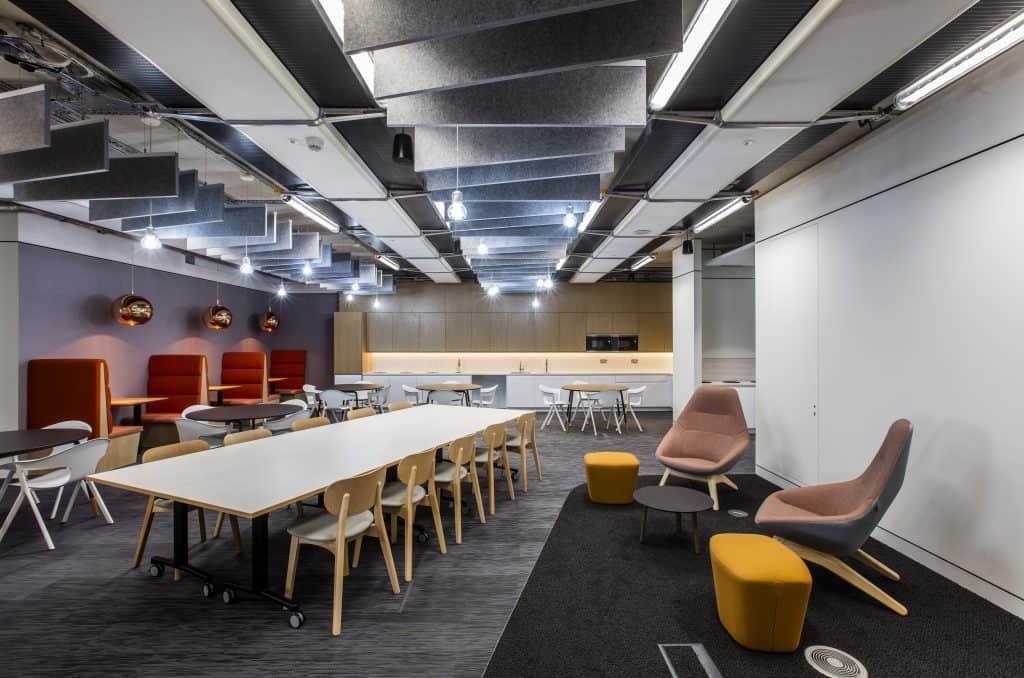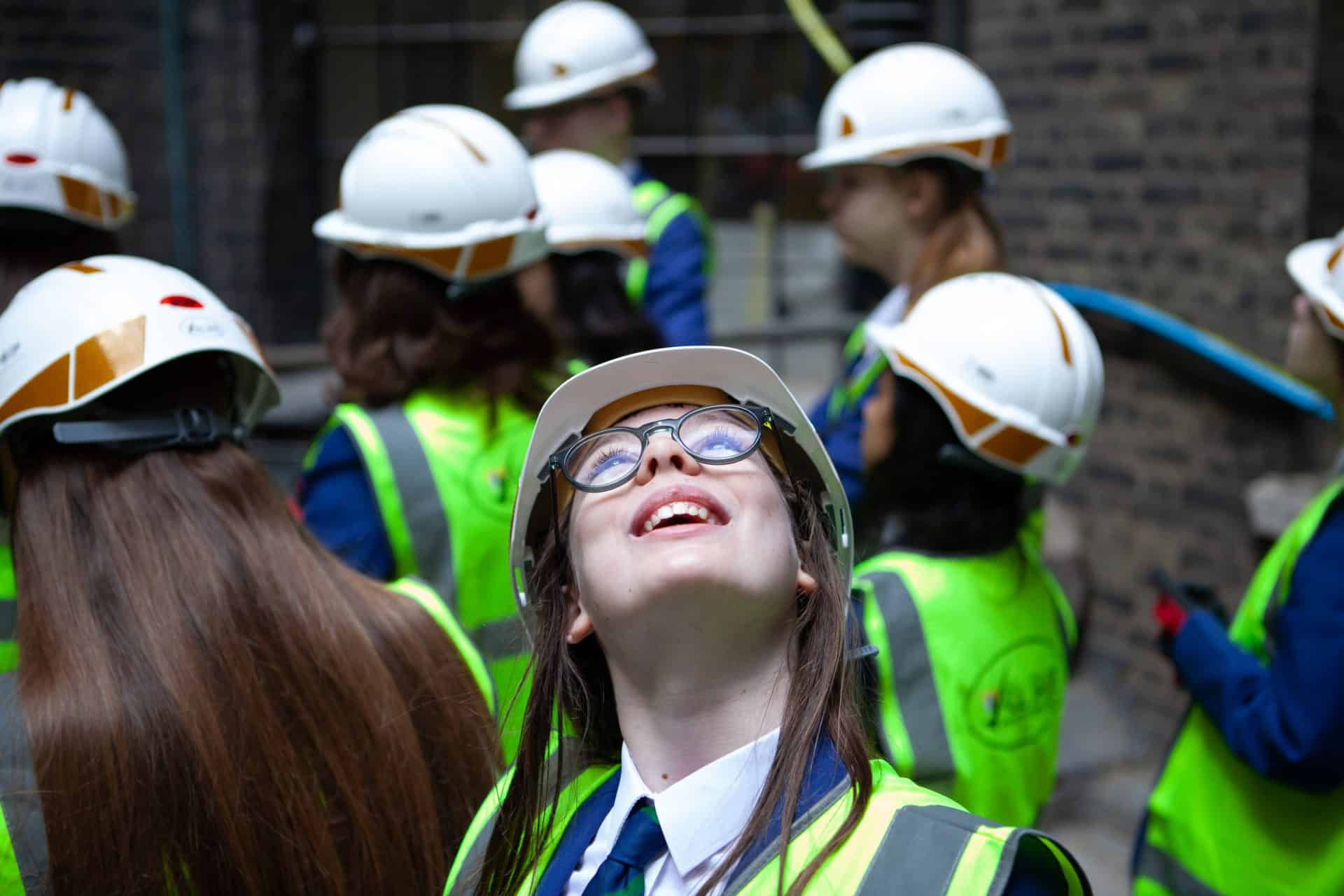How do you generate social value on projects that only last for a few months? We asked Willmott Dixon Interiors’ head of social value Anna Koukoullis.
When a project is running for 16 weeks, with a site management team of just two people, is it reasonable to expect it to deliver a substantial social return on investment? Absolutely says Anna Koukoullis, who has been Willlmott Dixon Interiors’ head of social value for five years.
“It can be challenging, but we can overcome that through early planning, making sure we engage at the pre-construction phase before the project begins,” says Anna.
A strategic and targeted approach means that smaller projects – those below £3m – can deliver extremely high social returns on investment (SROI). For instance, the £1.8m fit-out of offices for the Nursing and Midwifery Council delivered a SROI of 87.4%, taking into account local spend, local labour and what we call ‘added value’.
Willmott Dixon is culturally committed to creating social value, explains Koukoullis. When the current CEO’s great-great-grandfather set the company up, one of his business goals was to support local communities and help them to prosper. Today that aim remains and was recently underlined by the new group sustainability strategy, Now or Never, which mandates that all projects must deliver at least 5% SROI by 2025 – on top of local spend and local labour targets.
“That is quite a tough target,” says Koukoullis. “We think it’s important to separate out the other things we do from local spend and local labour, although we report on all of them. Not everyone does that.”
Another tenet of Willmott Dixon Interiors’ approach to social value is that targets and actions should be tailored to local communities and needs. To do this, Anna’s team first carries out research using Government databases and local information. They then spend time with the customer, understanding what they think will add the most social value, and set KPIs accordingly.
SROI is measured using the National Themes Outcomes and Measures (TOMs) Framework, which was created by the Social Value Portal. “Social value is very much based on analysis and data now,” explains Anna. “My team has to have technical knowledge and the ability to process data, as well as good listening and coaching skills – and a passion for the subject.”
Over the past few years, Willmott Dixon Interiors has created a strategy which allows smaller projects to deliver strongly on social value. One new approach is for Interiors to work collaboratively with the wider Willmott Dixon group on national programmes such as the Building Lives Academies which sees pop-up training facilities delivering upskilling at a regional level.

Project team members are also empowered to add social value where they are most able, explains Anna, with new role-specific guidance. For instance, commercial teams now know that they can make procurement decisions with social value as a main consideration, perhaps employing a social enterprise or an ultra-local firm.
When it comes to physically delivering social value, tiny on-site teams are bolstered by the involvement of other Willmott Dixon Interiors employees based in different locations. “We could have people from the marketing team in London delivering virtual work experience in the Midlands,” says Anna. “That’s one area where Covid has been a real plus for us, it’s opened up new ways of doing things, some of which we can use in the future.”
Apart from the growing demand from government and society for businesses to give more back, Anna’s colleagues are just as passionate about doing the right thing, she says. On one recently bid smaller project, there was no social value requirement at all, so the project manager overseeing the bid spoke to the customer to explain what could be possible and they worked together to add targets.
“We are finding that our people want to make decisions and award work based on value,” says Anna. “It’s almost a release for them, because we are telling them that they can do the right thing.”
Nursing and Midwifery Council: adding social value
This £1.8m project involved the fit out of the Nursing and Midwifery Council’s new London offices over a period of 15 weeks. Procured through the Procurement Hub, the works included upgrading M&E services, bespoke joinery, creating an amphitheatre, acoustic booths, kitchen spaces, prayer room, meeting rooms and a reception area.

Above: Interior image of Nursing and Midwifery Council offices after Cat b fit-out across 15 weeks.
Our target for total Social Return on Investment (SROI) was 10%. We achieved 87.5%, with 10.9% of that coming from ‘Added Value’ SROI such as:
- WDI enterprise day: 12 staff volunteered to deliver a workshop at a girls’ school to inspire them about possible careers in construction.
- Young Londoners’ programmes: supporting young people with mock interviews, site visits and workshops, in conjunction with the Construction Youth Trust.
- Work experience placements: on site and in our offices.
- Building Futures: working with primary school children on projects that develop skills and showcase roles in the industry.
Learn more about Small projects, big impact here
